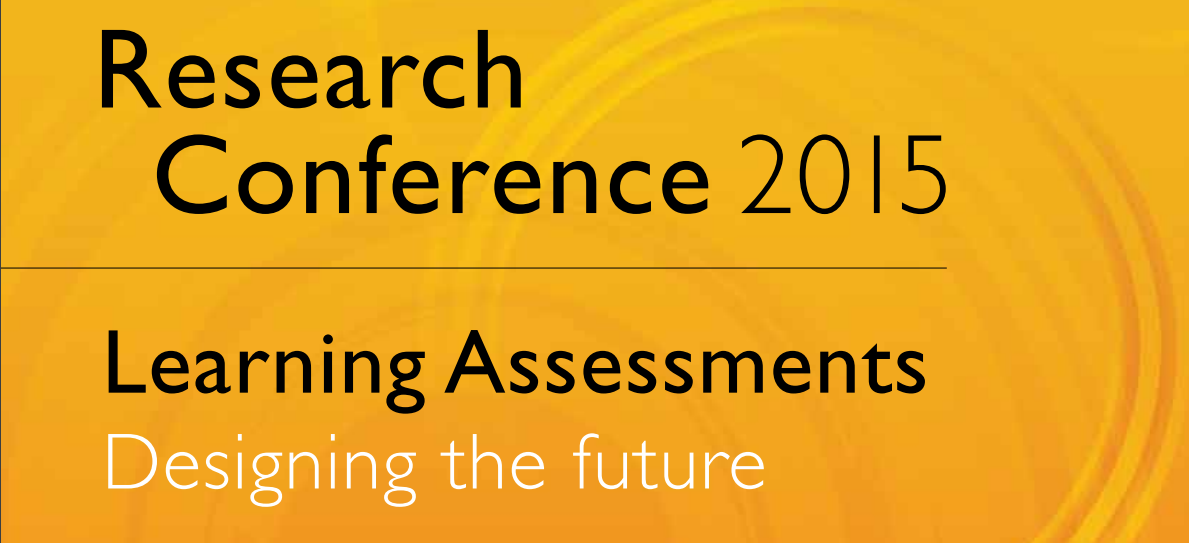
Monday 17 August 2015
Start Date
17-8-2015 1:30 PM
End Date
17-8-2015 2:45 PM
Subjects
Developing countries, Numeracy, Student assessment, Evaluation, Literacy, Ability grouping, Basic skills, Attendance, Academic achievement, Disadvantaged, Low income
Abstract
In countries such as India, impressive progress has been made in schooling. More than 95 per cent of children are now enrolled in school. But when we look at children’s learning, the situation is far from satisfactory. Available evidence suggests that in Grade 5, only about half of all enrolled children can read or do arithmetic expected at Grade 2 level. Faced with this crisis, how can assessment lead to effective instruction? ASER (Annual Status of Education Report) uses simple tools to assess the current level of children’s ability to read and to do arithmetic. Using this assessment, children are grouped for instruction by level rather than by grade. Appropriate methods and materials are used for each group to help children begin from where they are today and move to where they need to be. The ‘teaching-at-the-right-level’ approach has been found to be effective in many settings in India for building basic skills quickly. This ‘new thinking’ from India can provide large-scale solutions for the learning crisis faced in many parts of the developing world.
Recommended Citation
Banerji, R. (2015, August 17). Assessment to action: New thinking from India [Paper presentation]. Research Conference 2015 - Learning assessments: Designing the future. https://research.acer.edu.au/research_conference/RC2015/17august/11
Copyright Statement
Copyright Australian Council for Educational Research 2015
Place of Publication
Melbourne
Publisher
Australian Council for Educational Research (ACER)
ISBN
9781742862873
Assessment to action: New thinking from India
In countries such as India, impressive progress has been made in schooling. More than 95 per cent of children are now enrolled in school. But when we look at children’s learning, the situation is far from satisfactory. Available evidence suggests that in Grade 5, only about half of all enrolled children can read or do arithmetic expected at Grade 2 level. Faced with this crisis, how can assessment lead to effective instruction? ASER (Annual Status of Education Report) uses simple tools to assess the current level of children’s ability to read and to do arithmetic. Using this assessment, children are grouped for instruction by level rather than by grade. Appropriate methods and materials are used for each group to help children begin from where they are today and move to where they need to be. The ‘teaching-at-the-right-level’ approach has been found to be effective in many settings in India for building basic skills quickly. This ‘new thinking’ from India can provide large-scale solutions for the learning crisis faced in many parts of the developing world.


